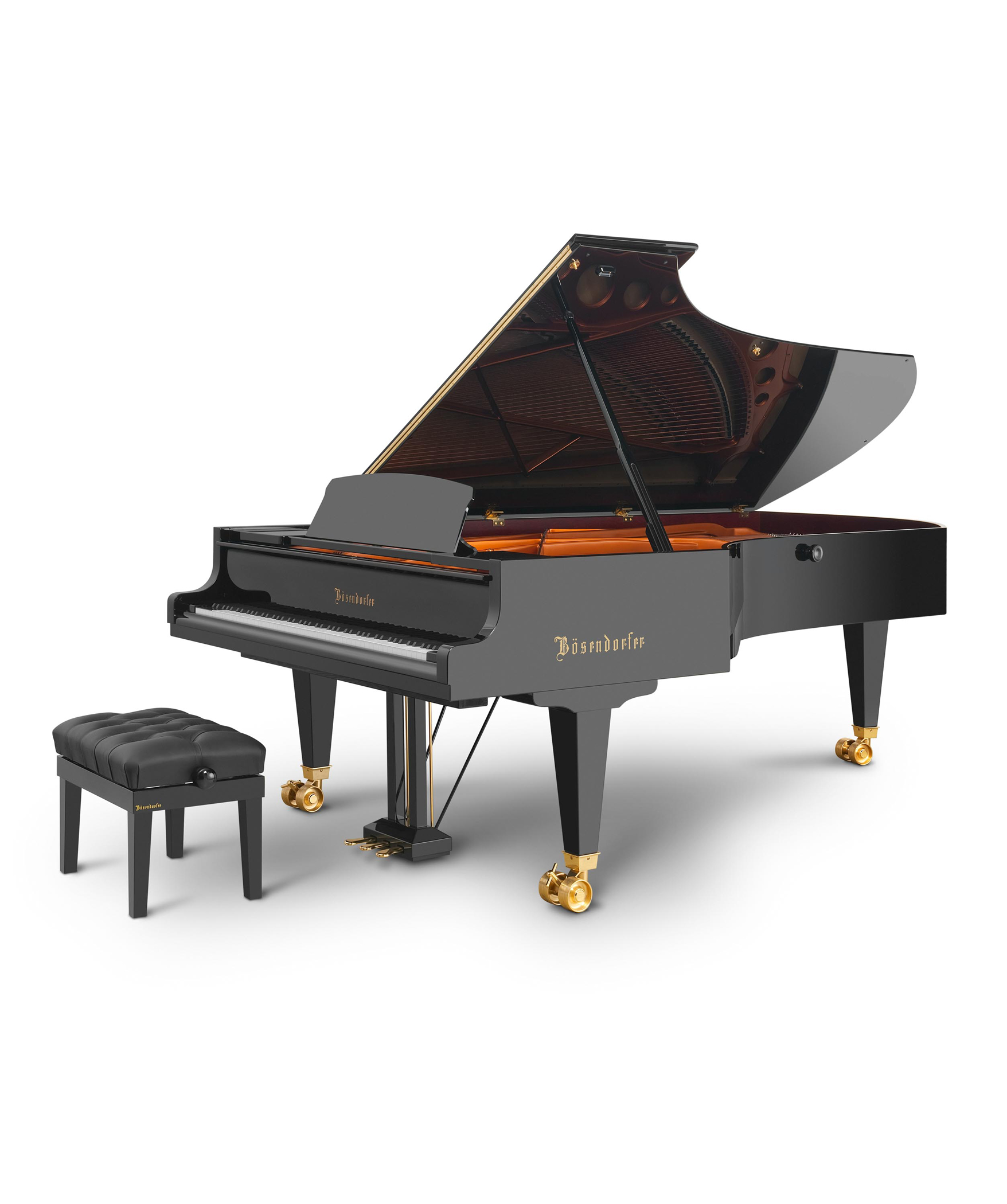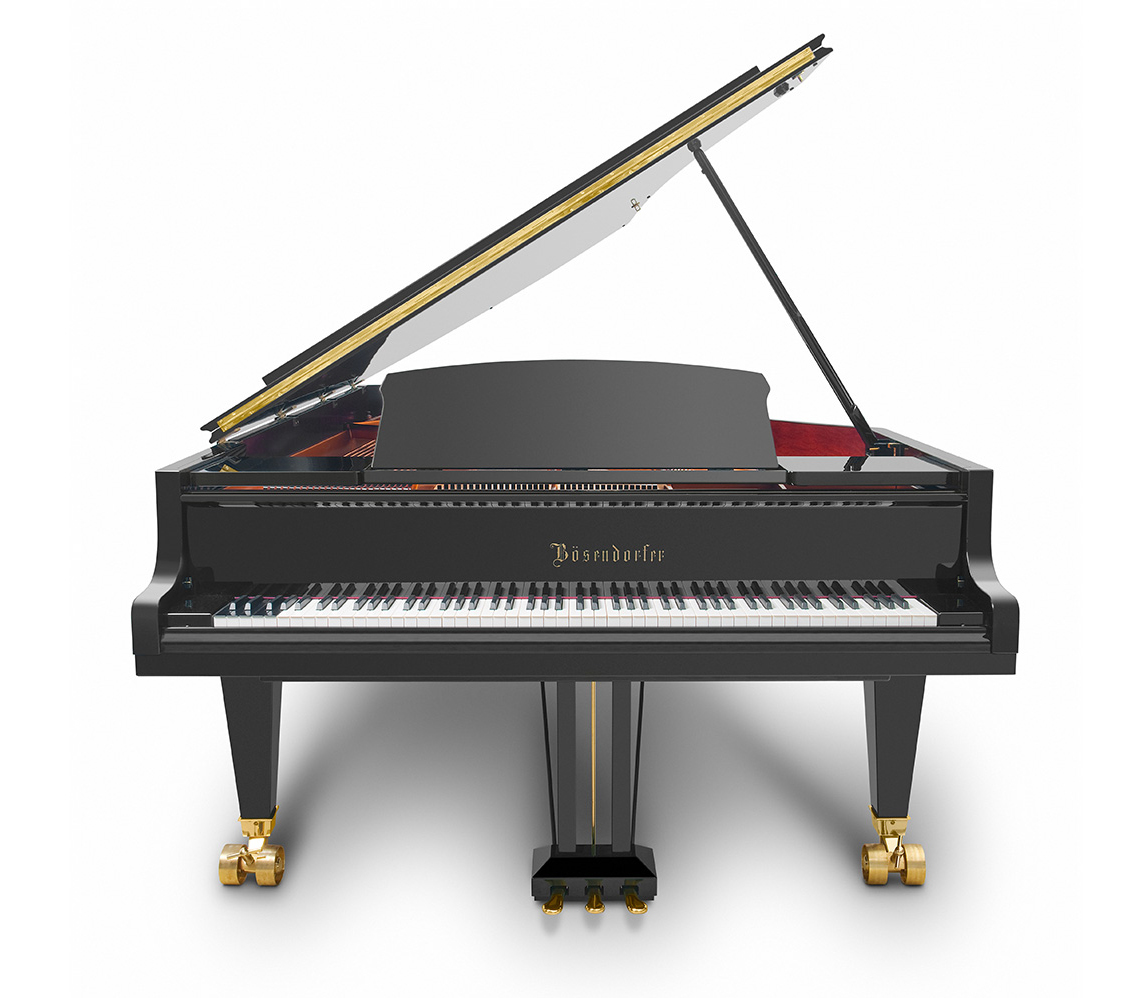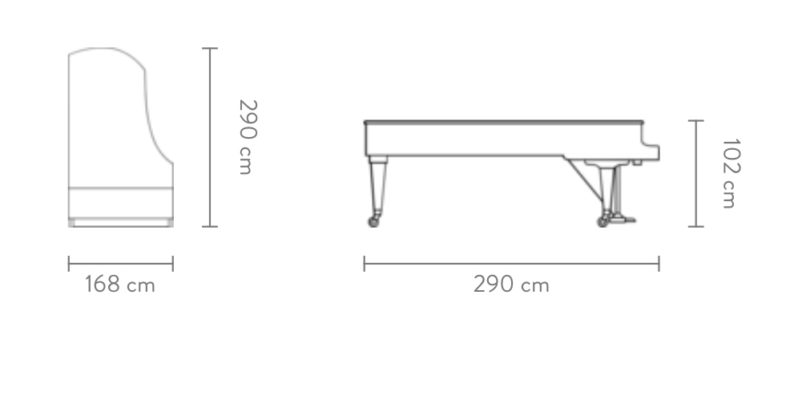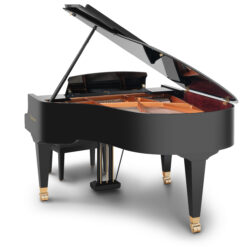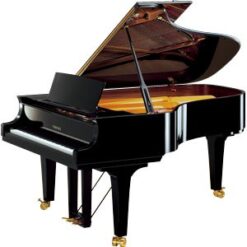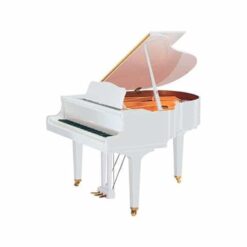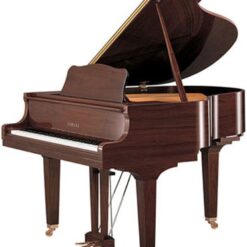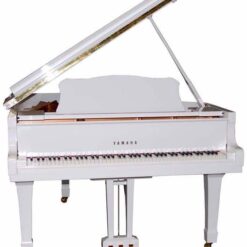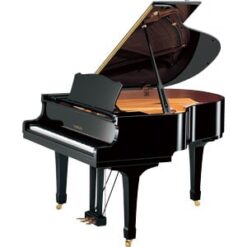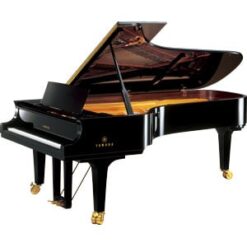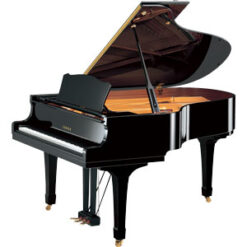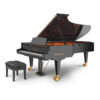244941.00 €
Stanford Music Premium Piano Service
Including delivery*, set-up, first tuning and disposal of packaging
* Floor transport fee from 2 floors is added. Free delivery within a radius of up to 75 km from Raua 1 Tallinn.
Stanford Music Premium klaveriteenus
hind sisaldab tarnet*, paigaldust, esmast häälestamist ja pakendi utiliseerimist.
* Lisandub korruse transpordi tasu alates 2 korrusest. Tasuta tarne kuni 75km raadiuses aadressilt Raua 1 Tallinn.
Bösendorfer Concert Grand 290 Imperial
Impressive Sound, Imposing Appearance
Saadaval järeltellimisel, tarneaja täpsustamiseks esitage küsimus!

